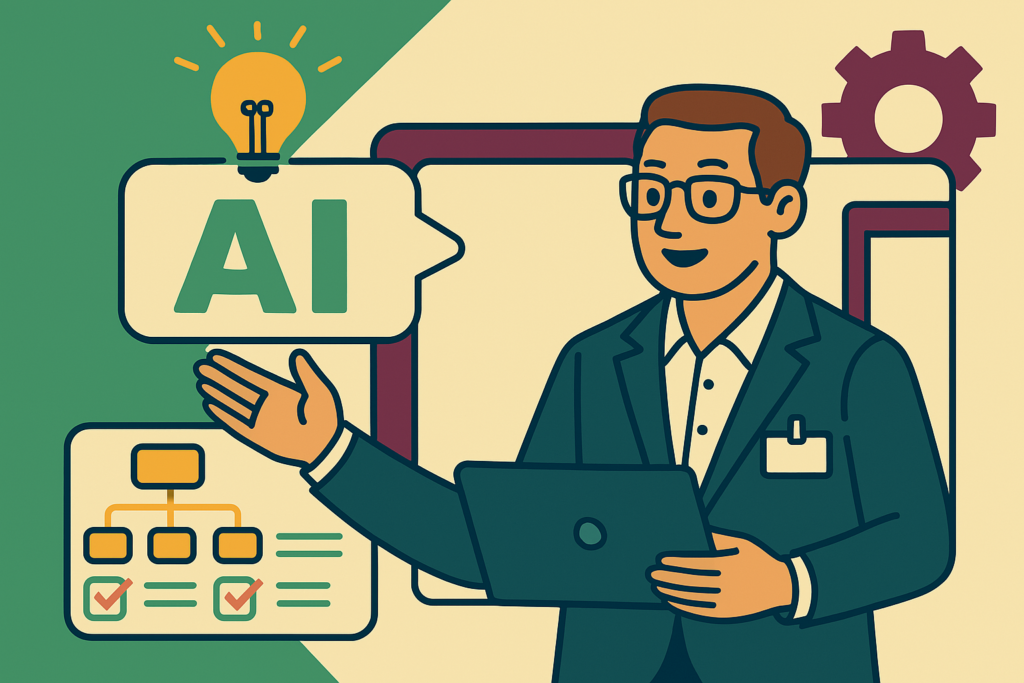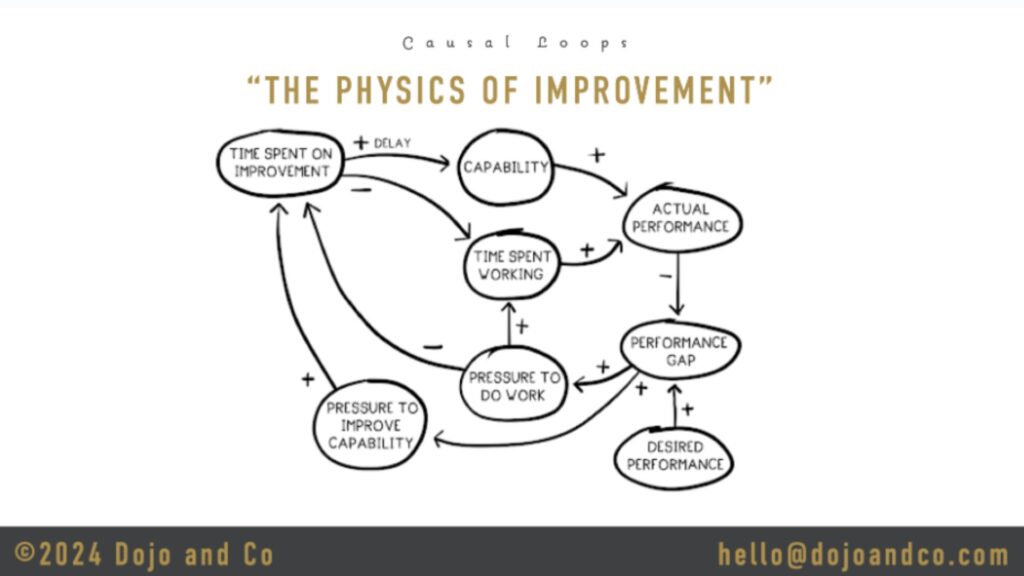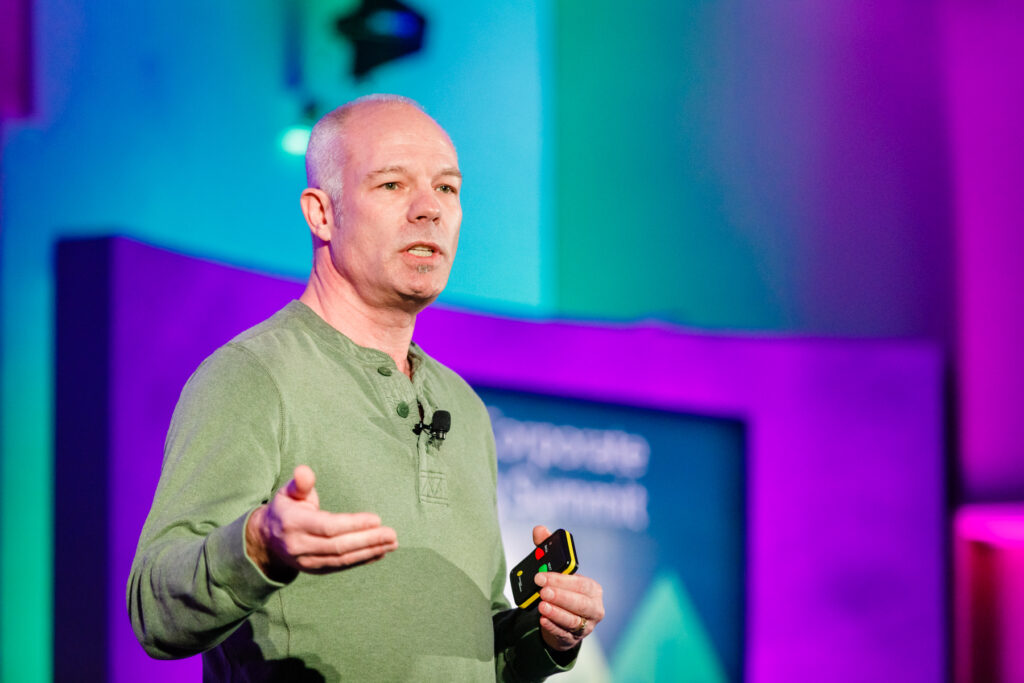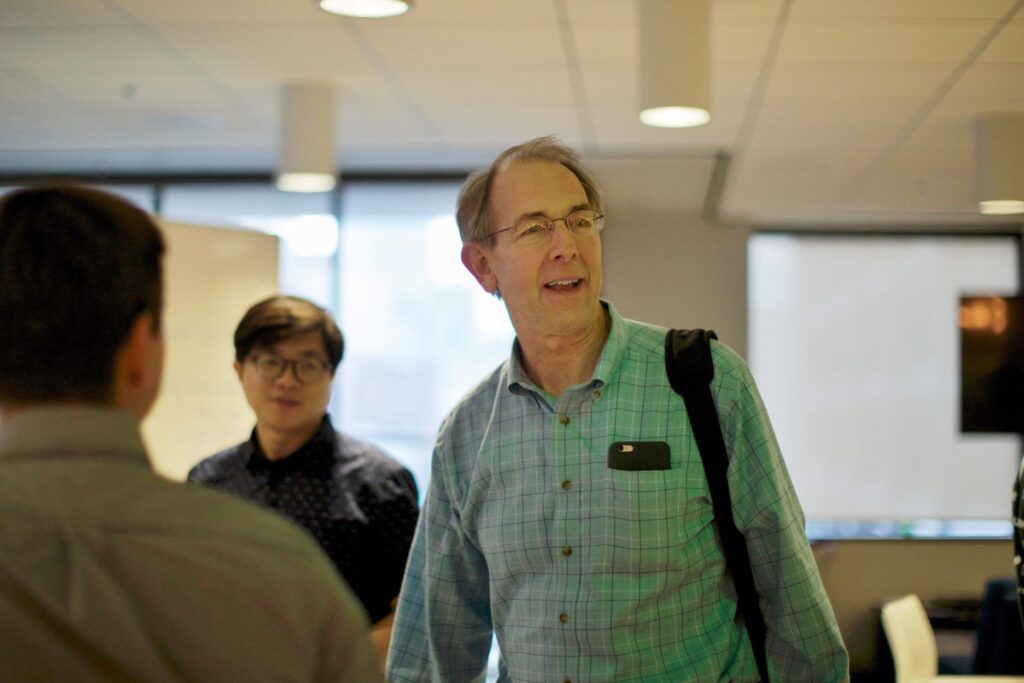Essential challenges present themselves at various points in a company’s lifespan. Although these hurdles can be expressed simply, they are far from easy, and to a surprising extent, they are both universal and timeless.
We at PlusPlus are obsessed with one such hurdle; we spend our time considering the ways in which a company might lay the sturdiest foundation so that they can scale, with minimum pain and disruption, far beyond their humble origins. The ad hoc operations that function well enough when a company has 50 employees might look a bit rickety once that office hosts 500, descending into a full-blown liability when the workforce grows to 5000.
A moment like this is an inflection point that forces management to immediately consider what infrastructure will ensure seamless growth. We believe the solution to be an ever-evolving platform for collecting and accessing deep company know-how, technical nuances, and the necessary context for how skills should be applied within the specific organization.
The utility of an instrument like this is obvious from the get-go; a company’s long-term value is enhanced or eroded during the first few weeks of a new employee’s tenure. The longer it takes a new employee to internalize a company’s culture and processes, the greater the waste of precious resources like time and energy. Despite decades of technological innovation, the onboarding process in much of the corporate world is as it was 30 years ago. On someone’s first day, they’re often assigned a mentor, a veteran whose other priorities slow or pause altogether while helping the novice fit in. Supplementing the process is a series of static documents and spreadsheets theoretically meant to answer all questions, though practically laborious and lacking. Scaling up one individual at a time is a model of inefficiency.
The most successful companies are mindful of the fact that, at critical moments, with onboarding occurring at a breakneck speed and product demand booming, 20 veterans mentoring 20 new hires is a model of disorganization. Instead, they maintain a rigorous focus on downstream efficiencies to ensure smoother innovation through sustained understanding
Consider Facebook.
Former Engineering Manager Wayne Chang started with the company back in 2006, when it was a small fraction of its current size. Those days were marked by a freewheeling style summarized by the company’s early, notorious compass: Move Fast and Break Things.
“We tended to get the people who wanted to be scrappy builders and hackers, who could play around with the code and launch every night if they wanted to,” recalls Chang.
This approach worked spectacularly… until it didn’t.
“If things weren’t breaking every once in a while, we probably weren’t being bold enough,” says Chang. “But as Facebook became a much larger company, that wasn’t true. We hit a half-billion and then a billion users; if something didn’t work for .01% of the population, that’s still a very large number of users. And so, the company had to go through a different mindset.”
Overnight success signified that Facebook now needed to move fast while building correctly. That meant hiring more employees and, just as critically, making sure they were working productively. When Chang first started, the company was hiring one or two new engineers every few weeks; soon they were onboarding 40 new engineers every two weeks. In such a situation, it quickly becomes more and more difficult for key knowledge to reach everyone, and for management to ensure a broad-based understanding of ever mobile targets.
Correctly identifying this as an organizational crossroads, a prominent management team member stopped working on engineering, focusing instead on the creation of a “bootcamp” for new hires. “He realized that the amount of time that we were spreading across the organization to teach new engineers how to become Facebook engineers, about the infrastructure and how to deploy code and all the cultural norms… A lot of that was duplicated work, and it just wasn’t that efficient across the organization,” says Chang. “So he formalized this bootcamp, and it eventually became this process where engineers would start on day 1 without a manager, most often, and just learn for those 6 weeks about Facebook culture, engineering culture, best practices on how to write and deploy code.”
“Zero to production” may be the ultimate metric for determining whether a company is hitting its mark. How long does it take for the average new employee to make a positive contribution to the company’s products and mission? Once Facebook launched these bootcamps, nearly every engineer was able to deploy code to production after their first week. This held true even after the engineering team ballooned to a staff of over 5,000.
Another means of predicting a company’s success is the speed and stickiness with which culture is absorbed into a new hire’s thinking. Although there is no easy metric for measuring this a la “zero to production”, it nevertheless results in long-term dividends, creating substantive team dynamics that make it easier for the CEO to keep everyone focused on the same mission while ensuring maximum staff retention. Wedded together, these markers represent a necessary balancing act of individual, team and organization.
Facebook’s bootcamps are acknowledged throughout the tech industry as a model worth emulating. And yet, we at PlusPlus believe there is room for still greater improvement. The company didn’t have to wait until its product started breaking, nor did it need to create an entirely new operation.
Ideally, Facebook would have used a centralized platform like ours, one that pulls together the scattered spreadsheets and culture documents into a well-labeled clearinghouse where managers can control and customize a new hire’s first weeks on the job. Our platform offers the flexibility to host evergreen content from other sites like LinkedIn, as well as timely and native content from the company’s own employees. It allows for broad-based, shared understanding and cross-company mentorship. A new employee’s success does not have to be determined by the luck of the draw that is a mentor with energy and patience to spare, and that mentor doesn’t have to put their own work on ice for an extended period.
Of course, operations and culture are never static. Even a “mature” company continues to evolve, presenting no shortage of opportunities for employees to waste their time by reinventing the wheel and perpetuating obsolete practices.
Our platform iterates easily; employees can add content as they see fit, growing and enshrining, in a transparent fashion, a company’s foundational structure and values. This is how you create a virtuous circle, how a company ensures its ability to scale up flawlessly without worrying about how the absence of any single individual might negatively impact operations. It is how you pay knowledge forward, ensuring success in the short, medium, and long term.
